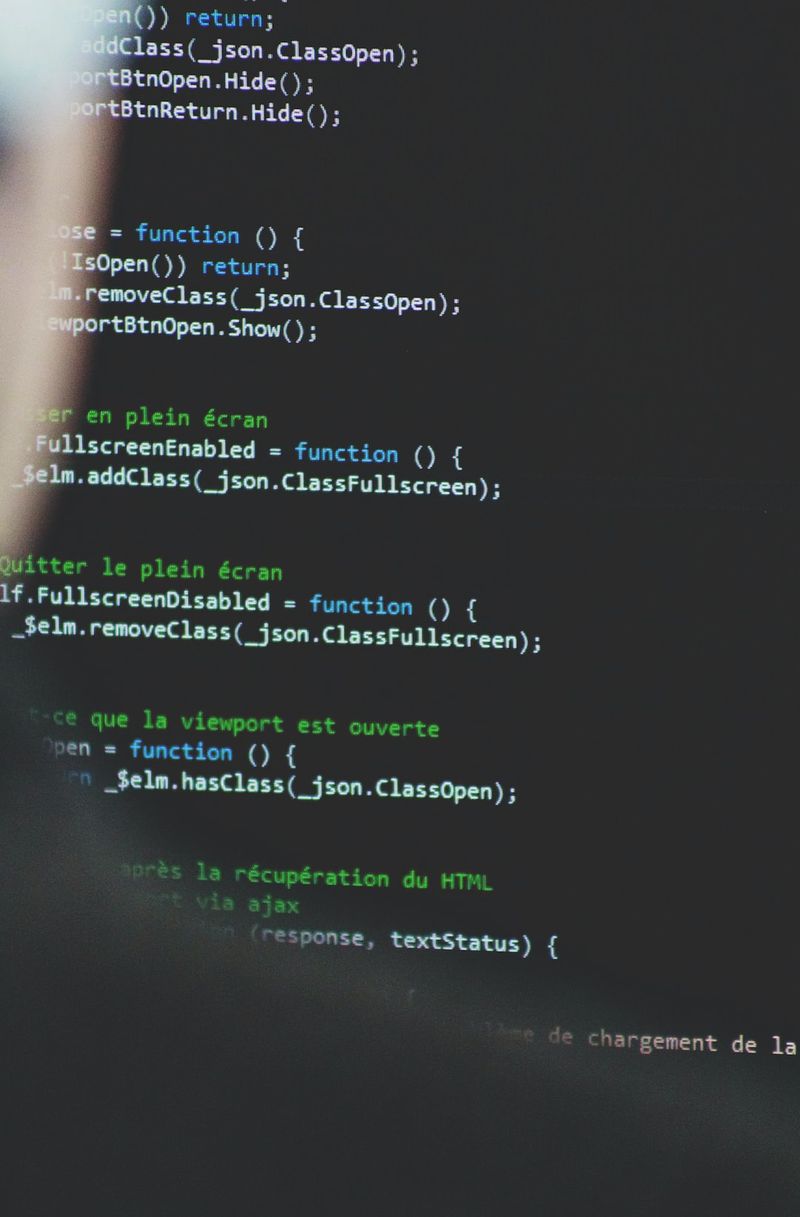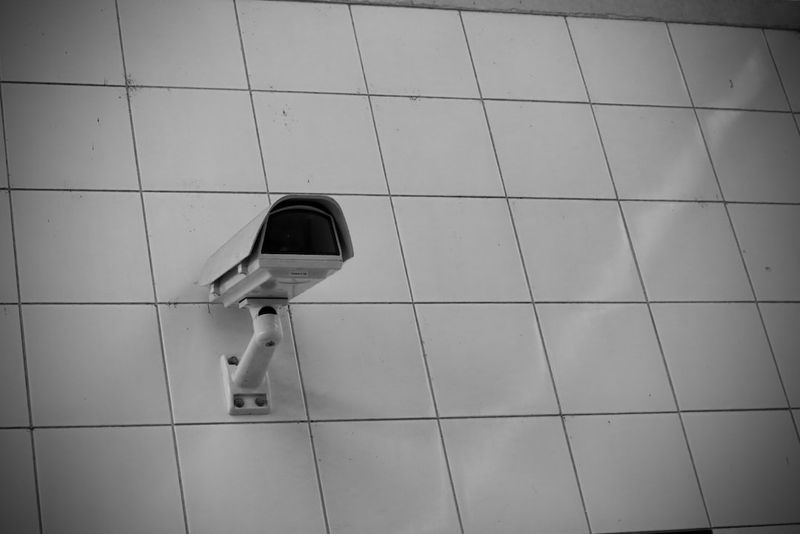The Growing Threat of DDoS Attacks: Russian Hackers Expanding their Reach
Since its launch in the summer of 2022, the crowdsourced DDoS project known as “DDoSia” has experienced an astronomical growth in membership and activity. Spearheaded by the Russian hacktivist group “NoName057(16)”, the platform has seen a staggering increase of 2,400% in active users. What started with a modest 400 members has now ballooned to 10,000, while their primary Telegram channel boasts 45,000 subscribers, up from 13,000 last year.
A Worrying Trend: Expanding Targets and Enhanced Capabilities
As the DDoSia project gains traction, concerns arise regarding the individuals utilizing the platform to carry out attacks on Western organizations. The increased membership not only enables more attacks but also results in the development of more sophisticated tools, evident in the introduction of binaries for all major operating systems.
Analysts at Sekoia, a cybersecurity firm, have revealed that between May 8 and June 26 of this year, the primary targets of DDoS attacks were predominantly organizations in Lithuania, Ukraine, and Poland. These countries’ public declarations against Russia during the Russia-Ukraine war likely played a role in their selection as targets. The hacktivist group focused on 486 websites during this period, including Ukrainian education and government sites, as well as French banking websites.
Sekoia analysts posit that the efforts being made by NoName057(16) to make their malware compatible across multiple operating systems indicate an intent to broaden their user base and widen the scope of their targets. This development underscores the group’s commitment to continuously enhance their capabilities, driven by the support of their active community and mounting scrutiny from the Counter Threat Intelligence (CTI) community.
The Implications of Cyber Threats and the Need for Enhanced Security
The rapid growth of the DDoSia project and the increasing number of attacks orchestrated by NoName057(16) highlight the escalating threat of cyberattacks and the urgent need for enhanced security measures. DDoS attacks can paralyze websites, disrupt online services, and cause significant financial losses to targeted organizations. Moreover, they pose a threat to the stability of critical infrastructures and can be weaponized to sow discord, influence public opinion, or further geopolitical agendas.
As the digital landscape continues to evolve, it is crucial for governments, organizations, and individuals to bolster their online defenses. While it is promising to see the CTI community actively monitoring and addressing these threats, cooperation must extend beyond traditional boundaries to effectively combat the rapidly evolving tactics employed by hackers and hacktivist groups.
Protecting Our Online Frontier
Given the growing threat posed by DDoS attacks and other cybercrimes, taking proactive steps to protect our online infrastructure is imperative. Here are some practical measures that individuals and organizations can adopt:
1. Robust Cybersecurity Protocols
Having robust cybersecurity measures in place can go a long way in mitigating the risks of cyberattacks. Organizations should invest in firewalls, anti-malware software, intrusion detection systems, and regular security audits. Additionally, implementing strong password policies, regularly updating software, and conducting employee training on cybersecurity best practices can greatly enhance an organization’s security posture.
2. Collaborative Efforts
Addressing cyber threats requires collaboration between governments, private sector entities, and international organizations. Sharing threat intelligence, coordinating response efforts, and exchanging best practices are crucial in staying one step ahead of hackers. Public-private partnerships can foster information sharing and help develop effective strategies to combat cybercrime.
3. Education and Awareness
An educated and vigilant user base is instrumental in thwarting cyber threats. Promoting cybersecurity literacy and awareness can empower individuals to recognize and report suspicious activities. Governments and educational institutions should prioritize cybersecurity education, while media organizations play a crucial role in disseminating information about the latest threats and best practices.
4. Strengthening International Laws and Cooperation
Creating a comprehensive legal framework that defines and criminalizes cybercrimes is vital in deterring perpetrators and bringing them to justice. International cooperation is essential in investigating and prosecuting cybercriminals, as well as sharing intelligence and expertise. Diplomatic efforts should focus on establishing global norms and agreements that promote responsible behavior in cyberspace.
An Ongoing Battle
Cybersecurity is an ongoing battle that requires constant vigilance and collective action. As the DDoSia project gains momentum, it is essential for governments, organizations, and individuals to remain one step ahead of cyber threats. By investing in robust security measures, fostering collaboration, promoting cybersecurity education, and strengthening international cooperation, we can fortify our online frontier and defend against those who seek to disrupt, steal, or influence.

<< photo by Sigmund >>
The image is for illustrative purposes only and does not depict the actual situation.
You might want to read !
- Shifting the Focus: Making Diversity the Means to Cybersecurity Success
- Nokod Rakes in $8 Million Seed Round to Reinforce Low-Code/No-Code App Security: A Boost from Cybersecurity Veterans
- The Growing Cyber Threat: APT35’s Advanced Spear-Phishing Targets Israeli Media
- The Rising Threat: Condi Malware Hijacks TP-Link Wi-Fi Routers for Massive DDoS Botnet Attacks
- The New Wave of Cyber Attacks: Mirai Botnet Targets Zyxel Devices for DDoS Attacks
- The Ongoing Threat of Dark Frost: Examining the Impact of Devastating DDoS Attacks on the Gaming Industry
- Microsoft Raises Alarm Over Large-Scale Credential Theft Campaign by Russian Hackers
- “The Rise of Russian Ransomware: Unleashing Chaos on US Federal Agencies”
- Russian Hackers Face Legal Action for Crypto Exchange Attack: Analysis
- Technology and Advocacy Collide: Understanding the Motives Behind Trans-Rights Hacktivists
- Is it Time to Dismantle the Clop Ransomware Empire and Claim $10,000,000?
- The Escalating Cyber Threat Looming Over Iranian Politics
- Password Rules: Do They Really Protect Against Cyberattacks?
- TSMC Faces Cyber Threats: A Closer Look into the Hacking Incident
- UAE and Israel Join Forces to Combat Cyber Threats: A Game-Changing Intelligence Partnership
- The Expanding Reach of Russian Espionage and State-Sponsored Cybercrime
- Iranian Hackers Exploit POWERSTAR Backdoor: Unveiling Charming Kitten’s Targeted Espionage Operations
- Navigating Compliance: Insights for Agencies on CISA BOD 23-01
- Examining the Growing Importance of Japan’s Cybersecurity Landscape
- Saudi Arabia’s Cyber Capabilities: Unveiling the Kingdom’s Rise to Cyber Power
- The Rise of Cyberespionage: Uncovering China’s Barracuda Zero-Day Attacks




